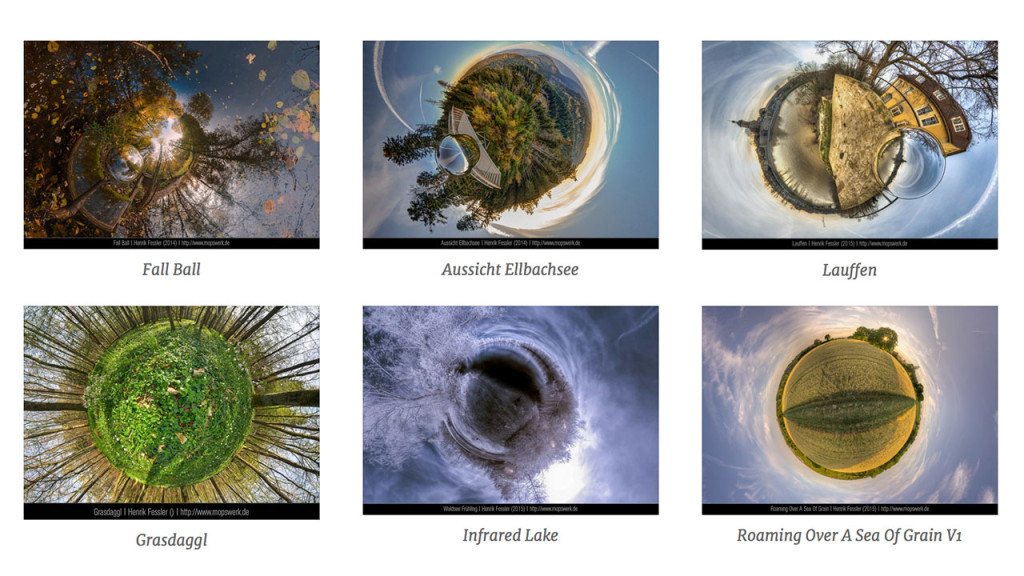Photography has been Henrik Fessler’s personal passion for many years. In that time, he has used various mirrorless camera systems and has cultivated a big interest in panorama photography. Over the years, he has gathered a lot of knowledge regarding this specific genre and regularly shares it on his blog.

Many of his articles go in-depth about the technical aspect of producing 360° panoramas, while others focus on specific lenses Henrik has tried on different systems. Below are some of the most interesting articles he has written thus far:
- Review of the 7.3mm Nodal Ninja Lens for Panorama Photography: here Henrik share some theories on projections, then shows various tests made with the 7.3mm Nodal Ninja lens for m4/3. He also compares the combo with the options for the Sony E-mount system.
- Testing different Fisheye Lenses for Sony and m4/3: here you can find a comparison between different fisheye lenses used on Sony full-frame mirrorless cameras including the Sigma 8mm f/3.5, the Tokina 10-17mm f/3.5 and the Samyang 8mm f/2.8.
- Samyang 8mm f/2.8 review for Panorama Photography: here he explains how he removed the fixed lens hood of the APS-C 8mm f/2.8 lens to use it on the Sony A7 full frame camera
- A lens comparison for Panorama Photography with m4/3 cameras
Henrik highlights how important it is to use a pole to get the best shots possible to compose the final image.
It is important for me to get a spherical panorama with at least as possible round shots while retaining a certain level of resolution. And “catching the sphere” is always a challenge to catch as much, if not all from the bottom and/or the top. To start with, it’s a good idea to tilt the sensor: To get the maximum vertical field of view on a picture, the sensor diagonal is aligned perpendicular to the horizon line.
You can also find an in-depth article about the technical optics processing involved in creating the final results.
If you want to see more of the final results, you can check out his panorama image gallery by clicking on the image below. You can also follow Henrik on Twitter, Google +, Flickr and 500px.


